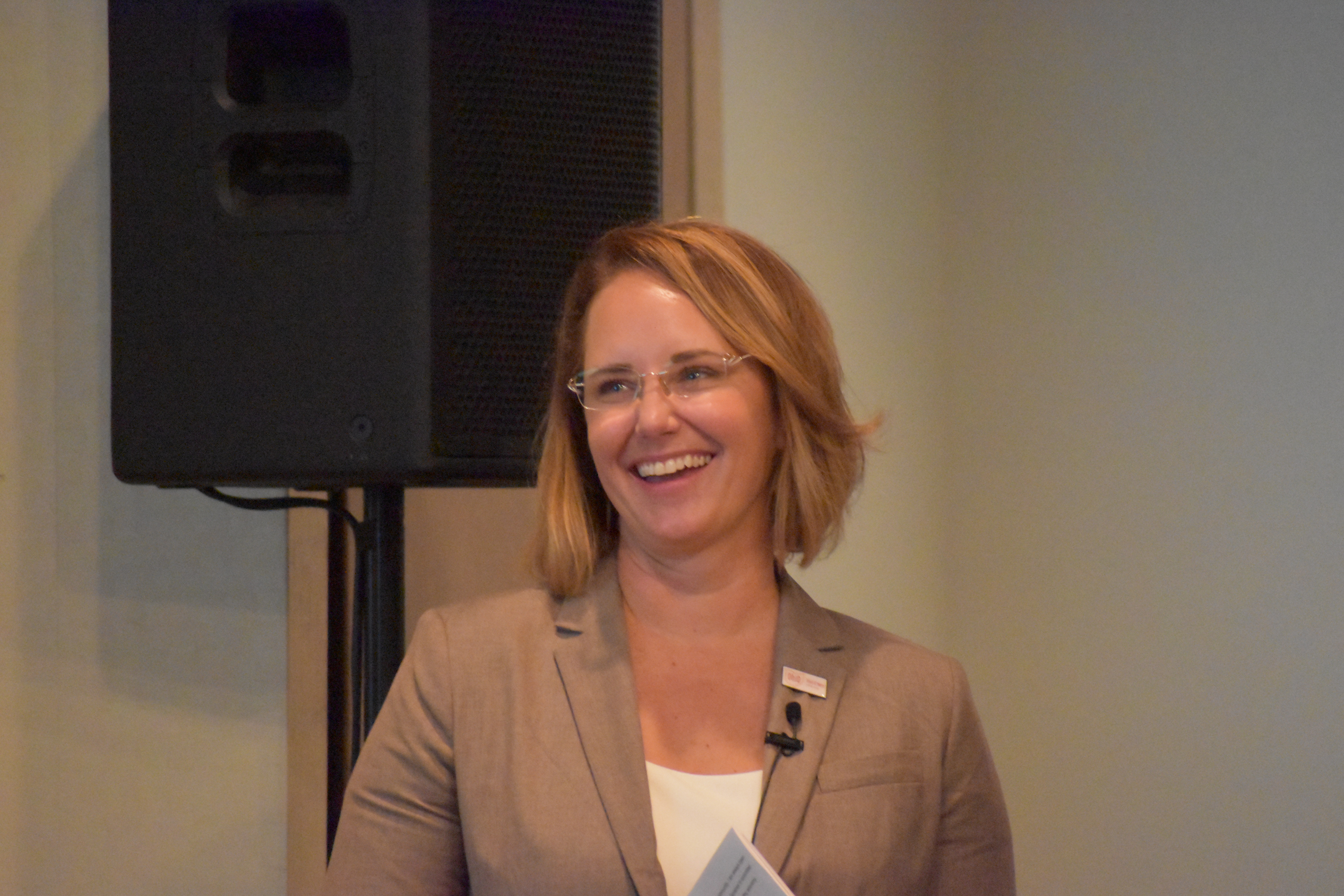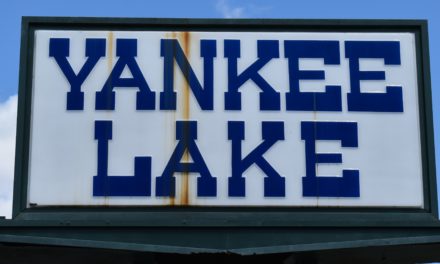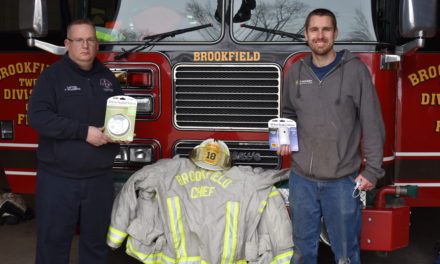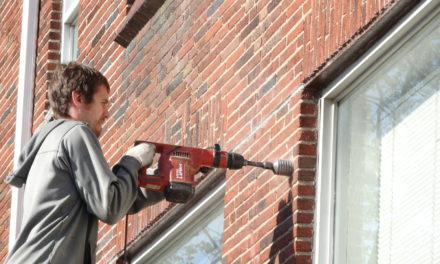Editor’s note: This story is part of a series derived from Rising Rust Belt: A Regional Revitalization Economic Summit, which was held Oct. 7 and presented by the Shenango Valley, Youngstown-Warren and Lawrence County chambers of commerce.
The Ohio economy is “booming,” said Ohio Director of Development Services Agency Lydia Mihalik, but, when you narrow your focus from the big picture, there are challenges.
“The recovery hasn’t yet reached every community,” she said Oct. 7 at the Rising Rust Belt, a regional economic summit put on by the Youngstown-Warren, Shenango Valley and Lawrence County chambers of commerce.

Lydia Mihalik
The DeWine administration has a plan to try to reach more community economies by creating programs that target the workforce and businesses, she said.
The overall economic boom has shifted the needs of companies, and that has ramifications for the workforce, she said.
“As unemployment has dropped to record lows, companies looking to relocate or expand are less concerned about finding cheap land and more about finding a quality workforce, or infrastructure to support the work or access to transportation to distribute the goods or services that the companies provide and, of course, quality of life,” Mihalik said.
In addressing the quality workforce challenge, she noted Ohio has a “skills gap,” meaning there is a dearth of workers with skills needed to perform certain jobs. A new program called “Tech Cred” is focused on “upskilling” Ohio workers, giving existing workers new skills so they can advance and take on new, better-paying jobs, she said. The state will provide up to $2,000 per employee and up to $30,000 per employer in each application period.
Another new program funds industry sector partnerships “where local business, education, workforce training and community leaders come together to develop a plan to get the local workforce ready for the future,” Mihalik said. “The state will provide up to $100,000 per partnership to seed the work of the group.”
The DeWine administration also is “aggressively investing in Ohio’s workforce” by supporting many of the companies located at the Youngstown Business Incubator and partnering with Youngstown State University to match students with knowledge in exporting with companies looking to export their products, she said. The state pays part of the salaries of these interns.
Ohio parents and other adults can play a role in addressing the workforce challenge by changing the way they talk to young people about careers and work opportunities, Mihalik said.
 “For too long, we have talked about how everybody has to go to college,” she said. “You can have a meaningful career in manufacturing. Yesterday’s manufacturing is not today’s manufacturing. Going into debt at $50,000, $60,000, $70,000, $80,000 to achieve an education may not be the best use of our time and it may not ultimately pair up with an in-demand job. Sports management is great, but you can make a lot more money being a welder on a line. Even in the medical field, we don’t have enough people that are choosing a medical career. That’s a high in-demand job.”
“For too long, we have talked about how everybody has to go to college,” she said. “You can have a meaningful career in manufacturing. Yesterday’s manufacturing is not today’s manufacturing. Going into debt at $50,000, $60,000, $70,000, $80,000 to achieve an education may not be the best use of our time and it may not ultimately pair up with an in-demand job. Sports management is great, but you can make a lot more money being a welder on a line. Even in the medical field, we don’t have enough people that are choosing a medical career. That’s a high in-demand job.”
In addressing infrastructure and quality of life, Mihalik, the former mayor of Findlay, touted the H2Ohio program, which funds everything from lake and river cleanups to replacing failing septic systems; state investment in the development of autonomous and connected vehicles; and highway improvements made possible by the increase in the state gas tax. The gas tax benefit will trickle down to local communities, and Brookfield has been told to expect about $80,000 a year that can be used for road projects.
With the closing of GM’s Lordstown plant dominating the local business climate, Mahalik said, “I’ve been very concerned about what the future of the region looks like and how the state can play a role in partnering.”
“I’ll be cheering you on in Columbus,” she said. “Let us know how we can be helpful.”








